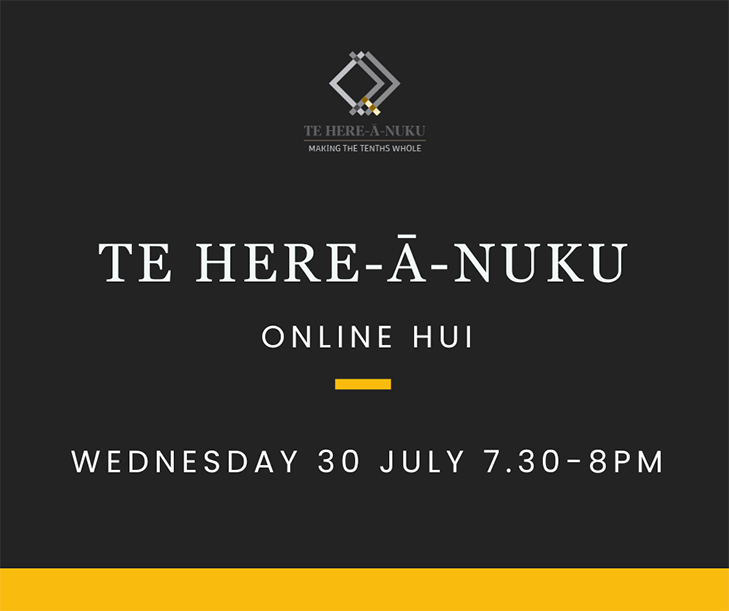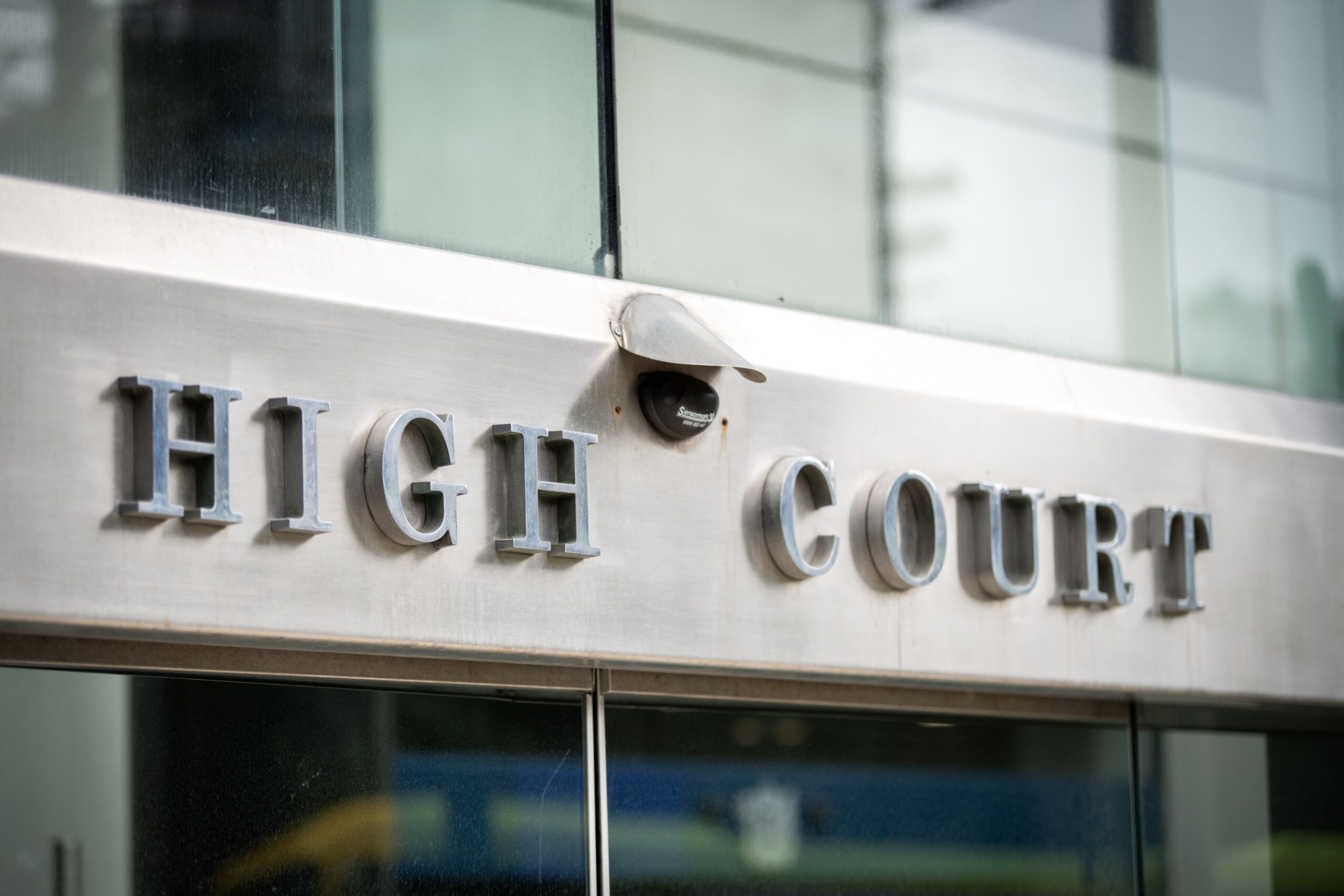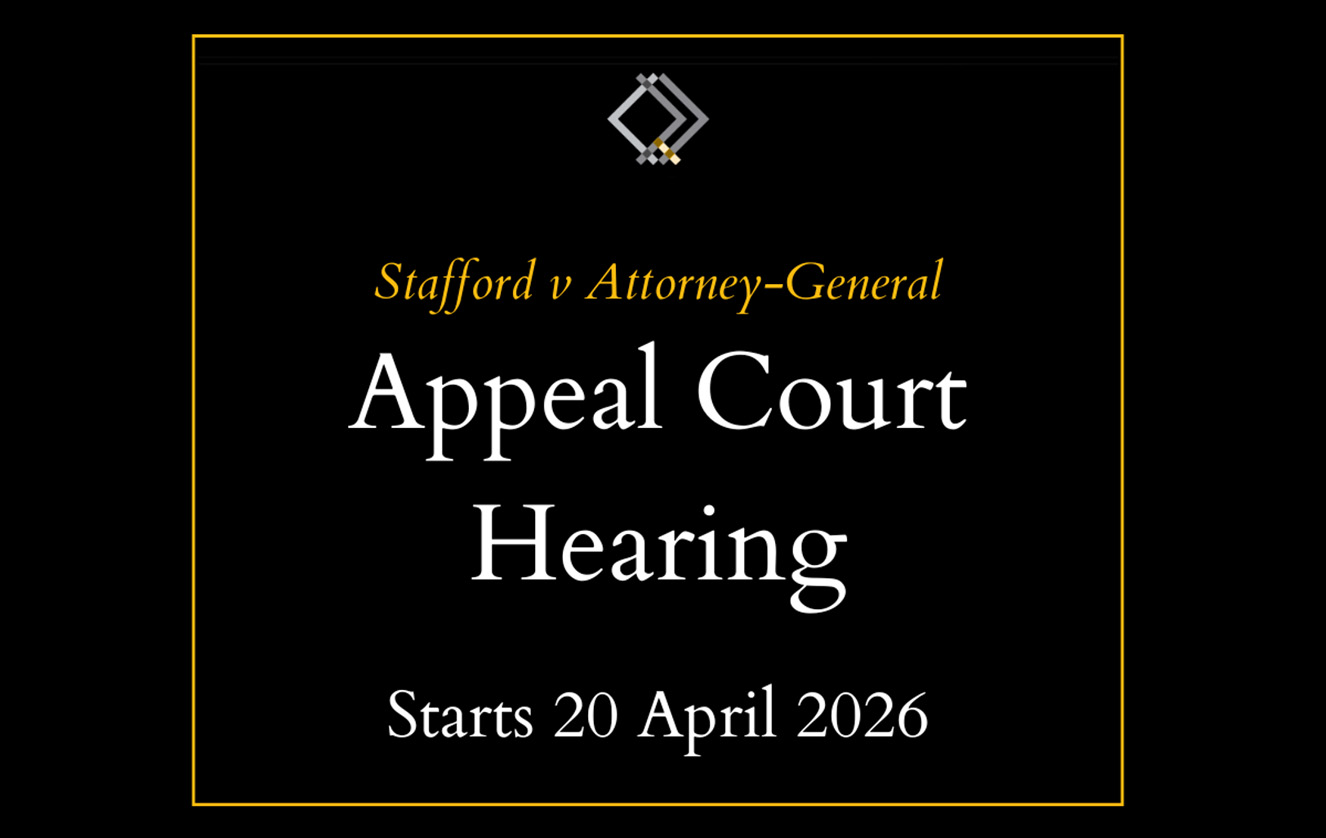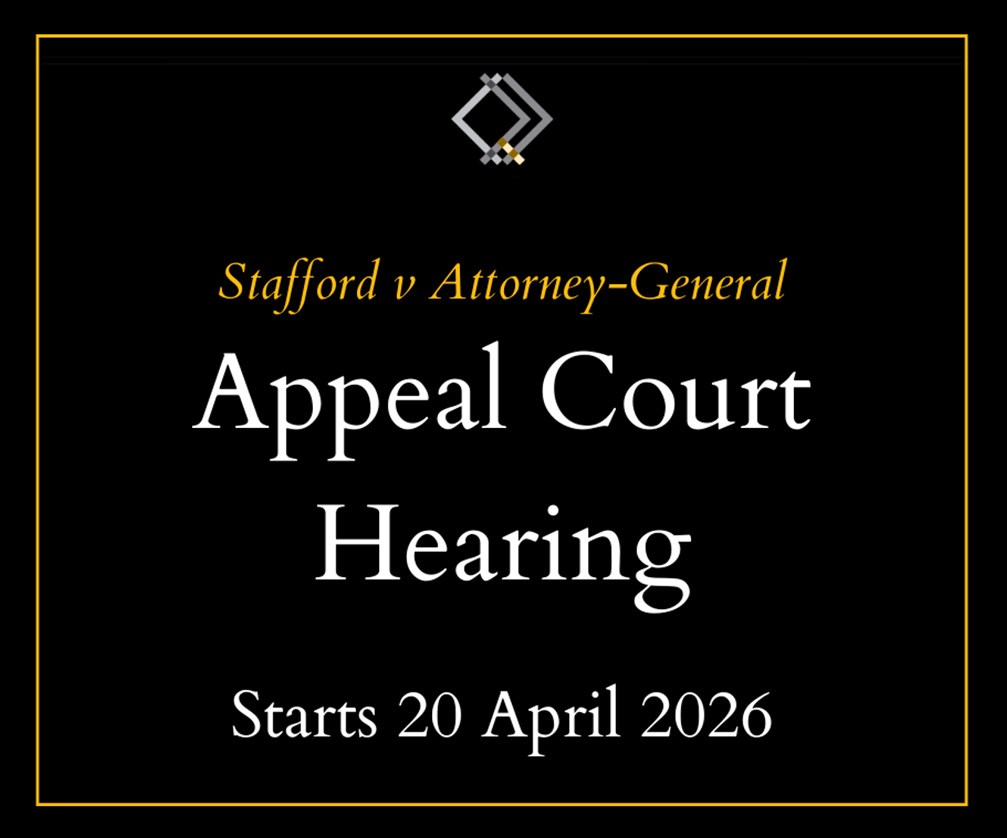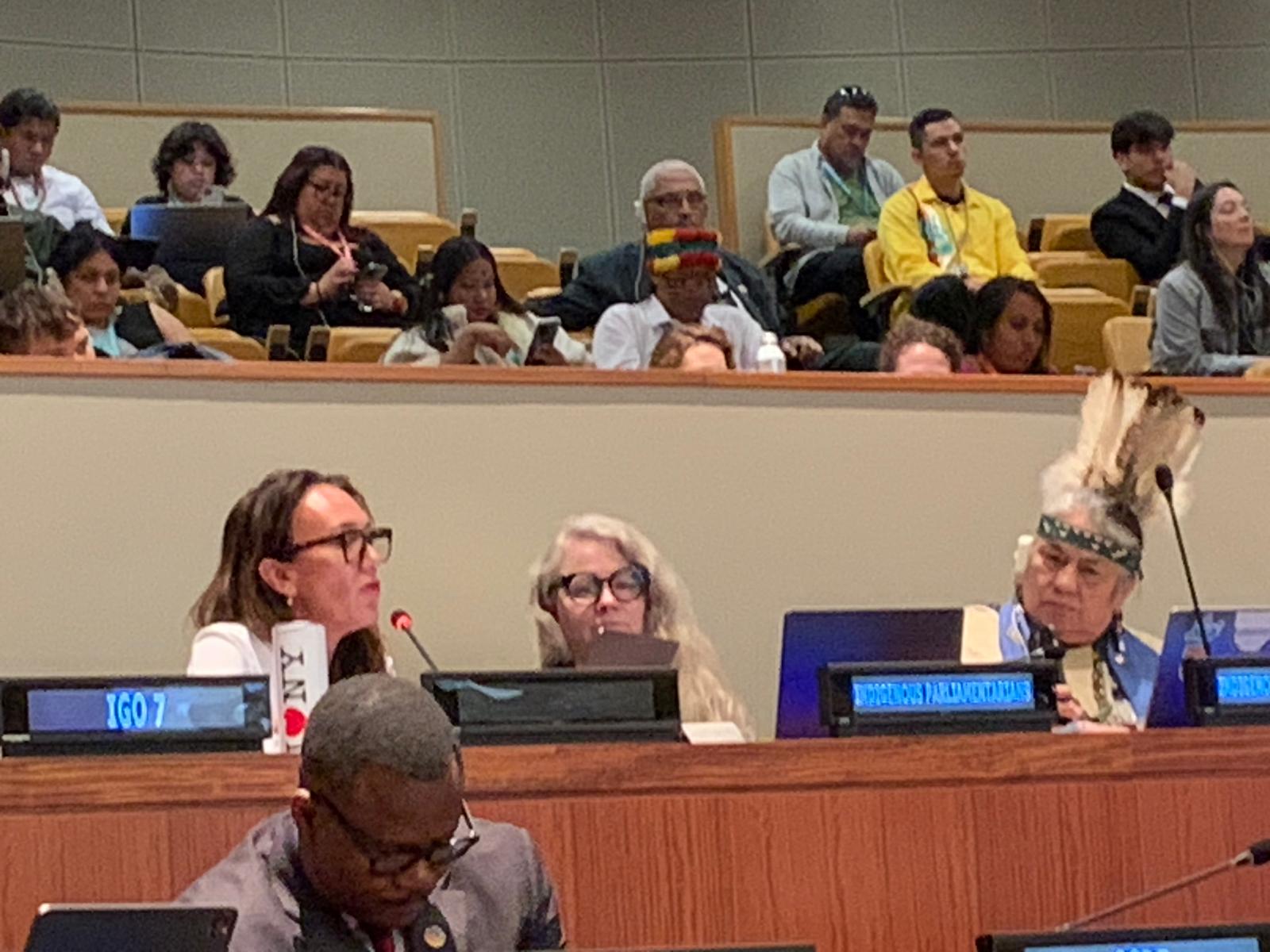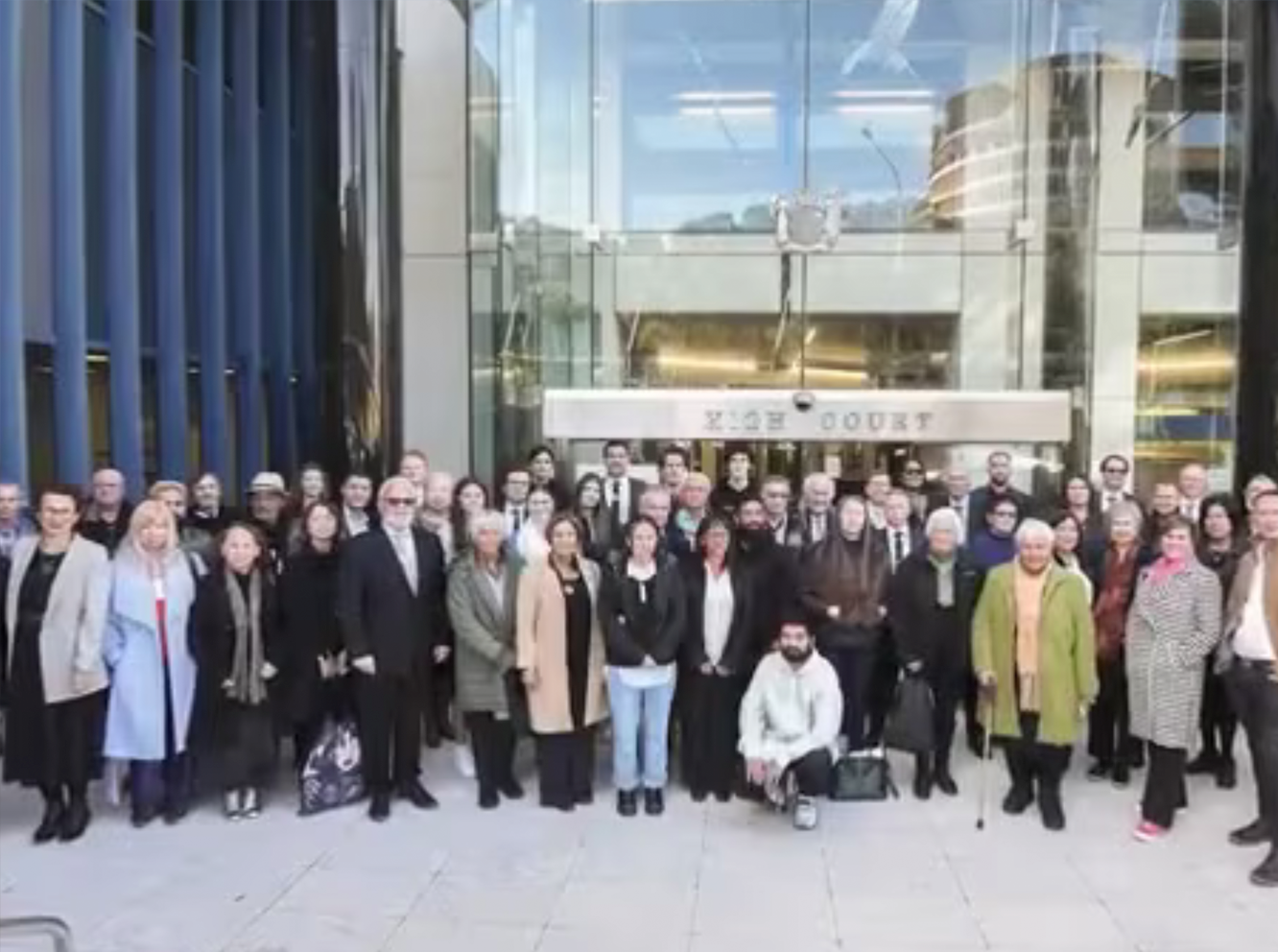High Court | Final decision released on remaining issues
The High Court has today released its final decision on the remaining issues in our litigation, Stafford v Attorney General, which was heard in the High Court in Wellington over ten weeks in 2023.
The remaining issues were around categorisation of land, calculation of land taxes and the application of interest.
We were successful in our arguments around the categorisation of land, and that no further deductions should be made for land taxes. We were unsuccessful in our arguments around the application of interest.
These were important and financially significant decisions because they have an impact on the relief to be awarded to the customary owners, who have been represented by kaumātua Rore Stafford for many years through this litigation.
Overall we are pleased with the decision, as we have won on most (but not all) of the legal points.
You can read today’s Judgment here: Complete High Court Judgment
With these issues now decided, we expect further declarations from the Court in due course containing the final details of relief to be awarded.
Today’s judgment is one more positive step forward for our whānau after 17 long years of litigation. It upholds fundamental private property rights that apply to all New Zealanders. It also recognises the important legal duties of Trustees to act in the best interest of beneficiaries.
High Court decision | 2024 and 2025
The High Court has issued its decision in parts: the interim decision, the final decision and, finally, the declarations, which we expect in due course. This is due to the scale and complexity of this litigation.
Here are the key elements of the High Court decision so far.
- In October 2024, the High Court released its interim decision regarding Stafford v Attorney General. The decision is significant and positive. The Court found strongly in favour of the beneficiaries and our legal arguments. The Court determined:
-
- That the Crown breached its fiduciary duties to the customary owners of the Nelson Tenths Reserves
- That the customary owners suffered loss as a result of these breaches
- That the plaintiff, kaumātua Rore Stafford, who represents the customary owners, is entitled to relief in the form of the return of land, and compensation
- In July 2025, the Judge formally removed the Crown as Trustee of the Tenths Trust and appointed the members of Te Here-ā-Nuku Working Group as replacement Trustees. The role of the replacement Trustees is interim, as they work to finally resolve this matter with the Crown.
- Today, the Court has found in our favour on the remaining issues around the categorisation of land, and that no further deductions should be made for land taxes. We were unsuccessful in our arguments around the application of interest.
- Still to come: We expect the Judge to issue final declarations regarding the relief to be awarded in due course. We will keep you updated.
Next steps
The Working Group will take some time now to process the detail of the decision. We will keep you updated.
While, overall, the High Court decision is positive, the Crown has already appealed the decision, and we have lodged a cross-appeal to preserve our legal position. This appeal is scheduled to be heard in a five-day hearing in April 2026. The outcome is uncertain.
Our strong preference, since the Supreme Court decision in 2017, has always been to end the litigation and to resolve this dispute out of court directly with the Crown.
With this in mind, we have now started to have a kōrero with Crown and our aim is to resolve this matter with them in a positive and timely way, for the enduring benefit of Ngā Uri. We hope to have certainty around this by the end of 2025.




